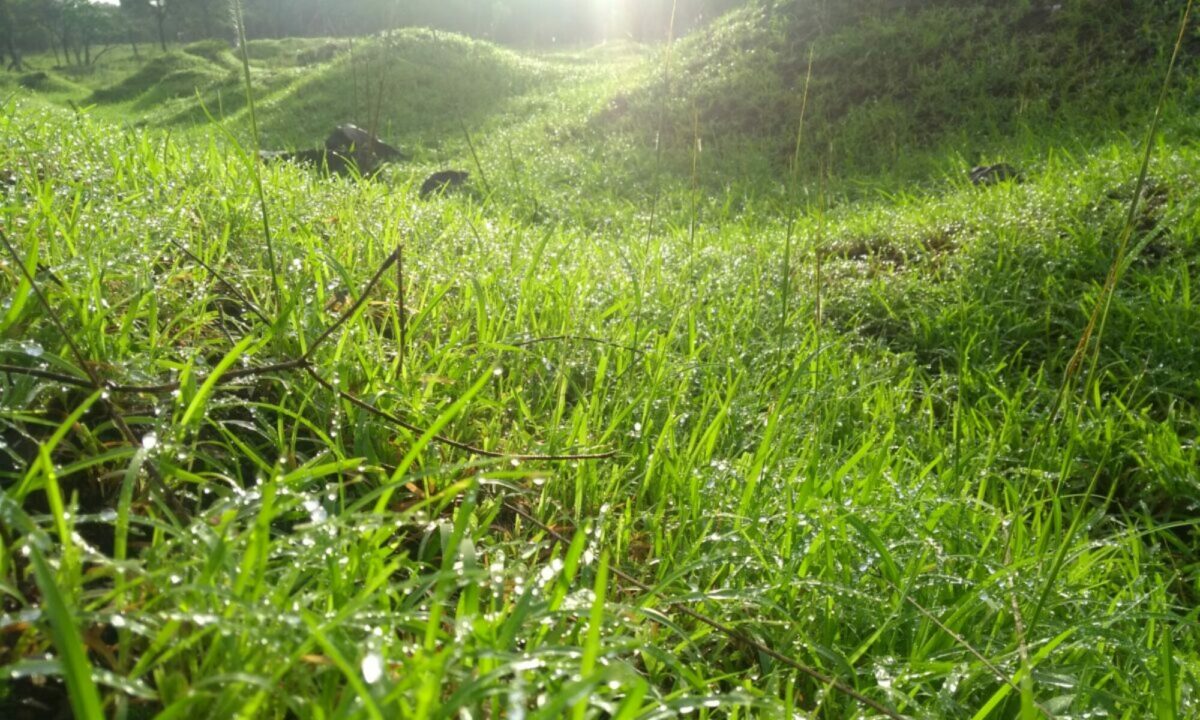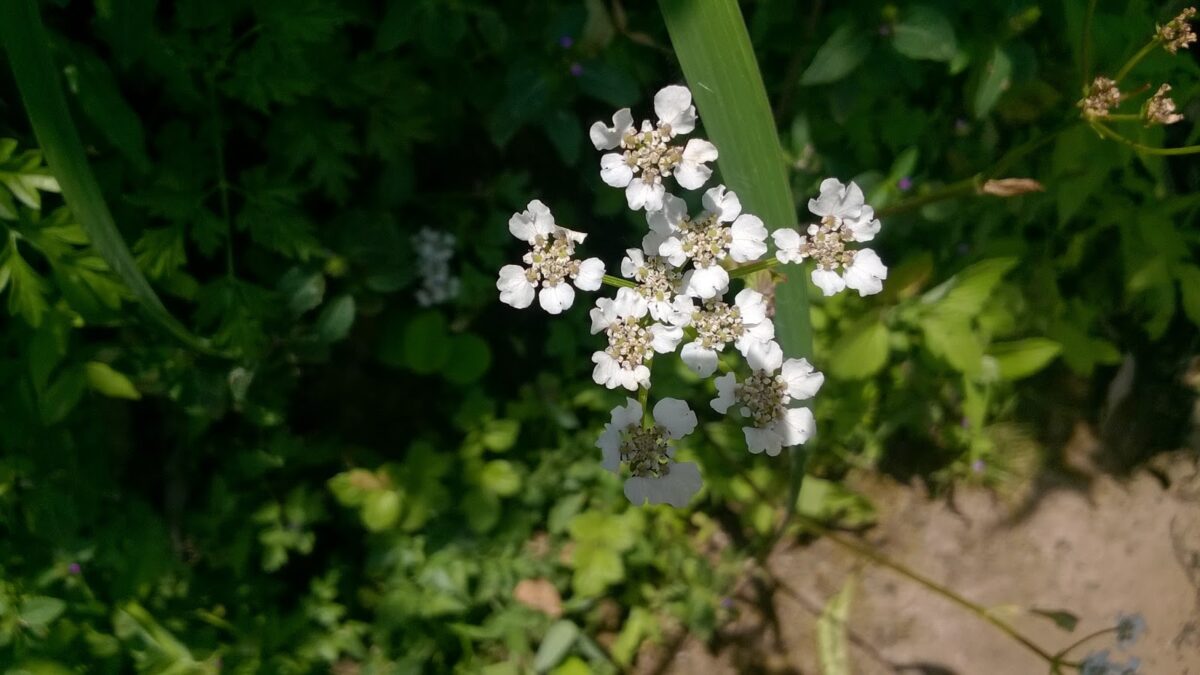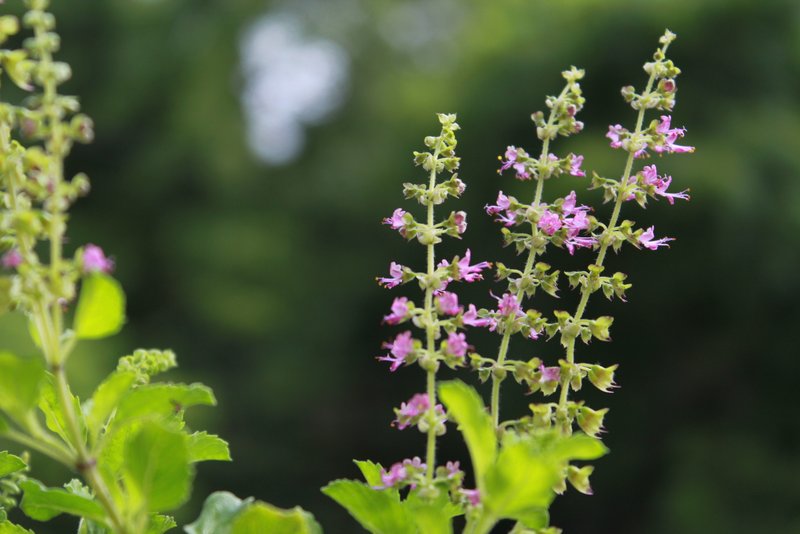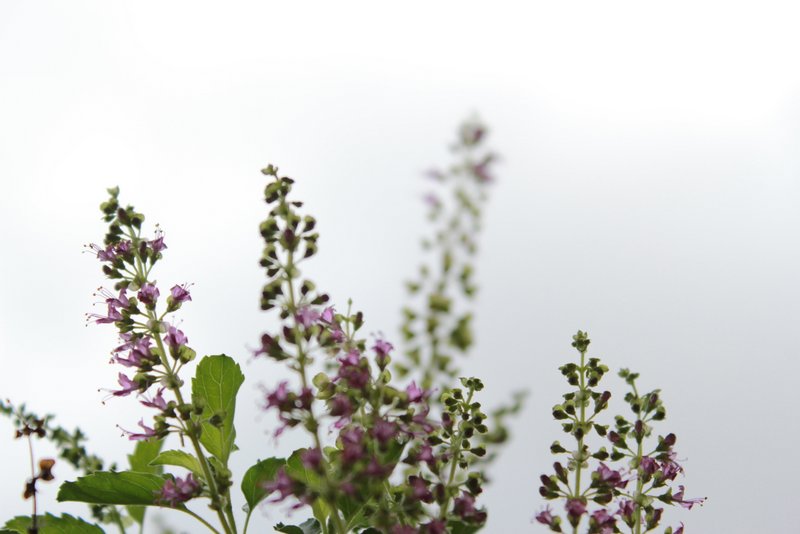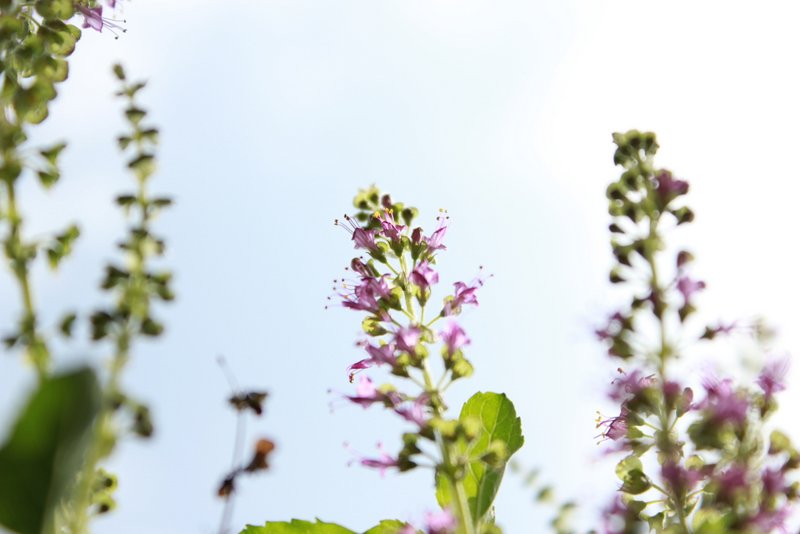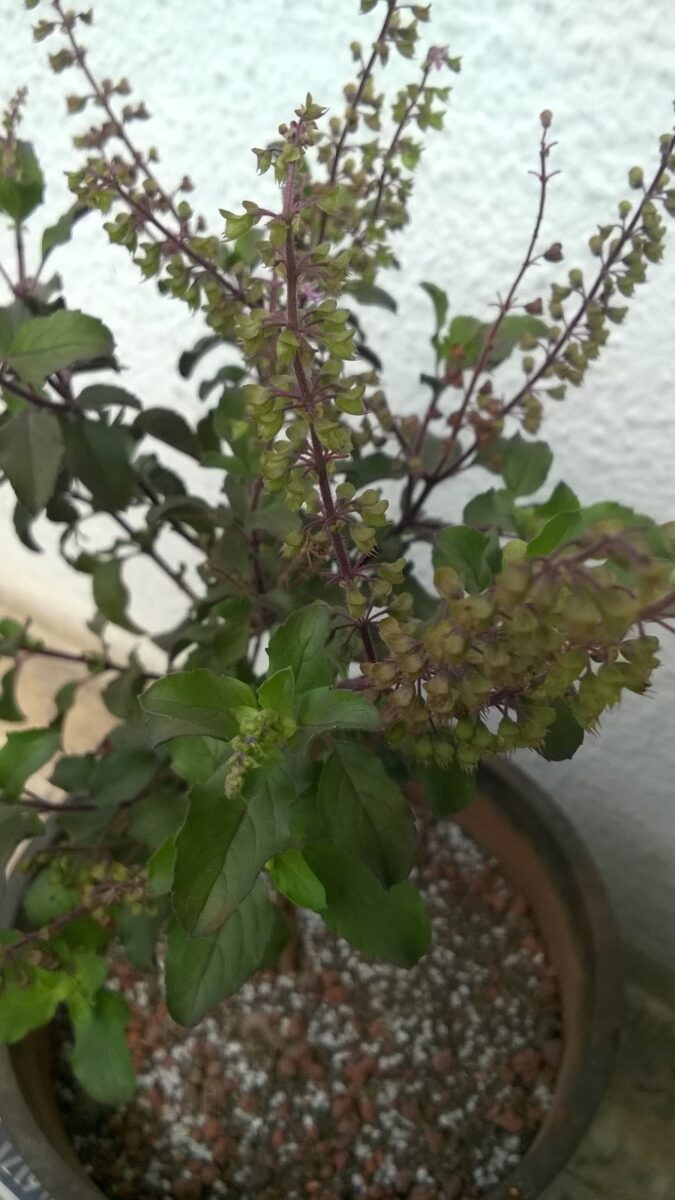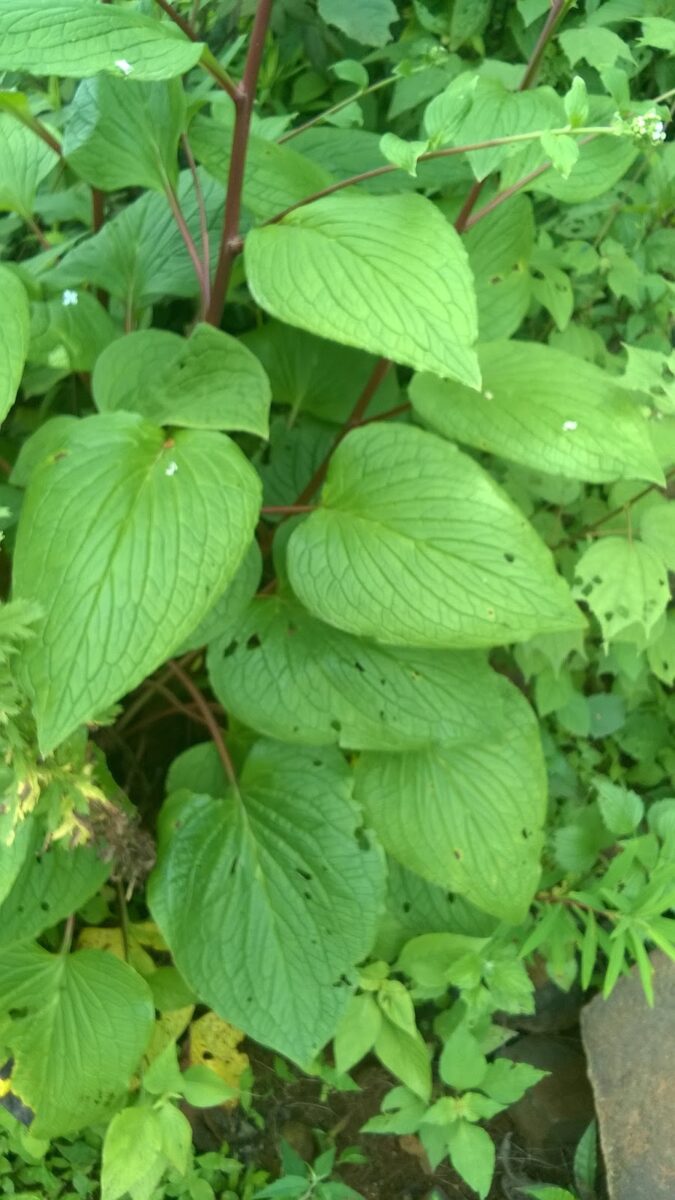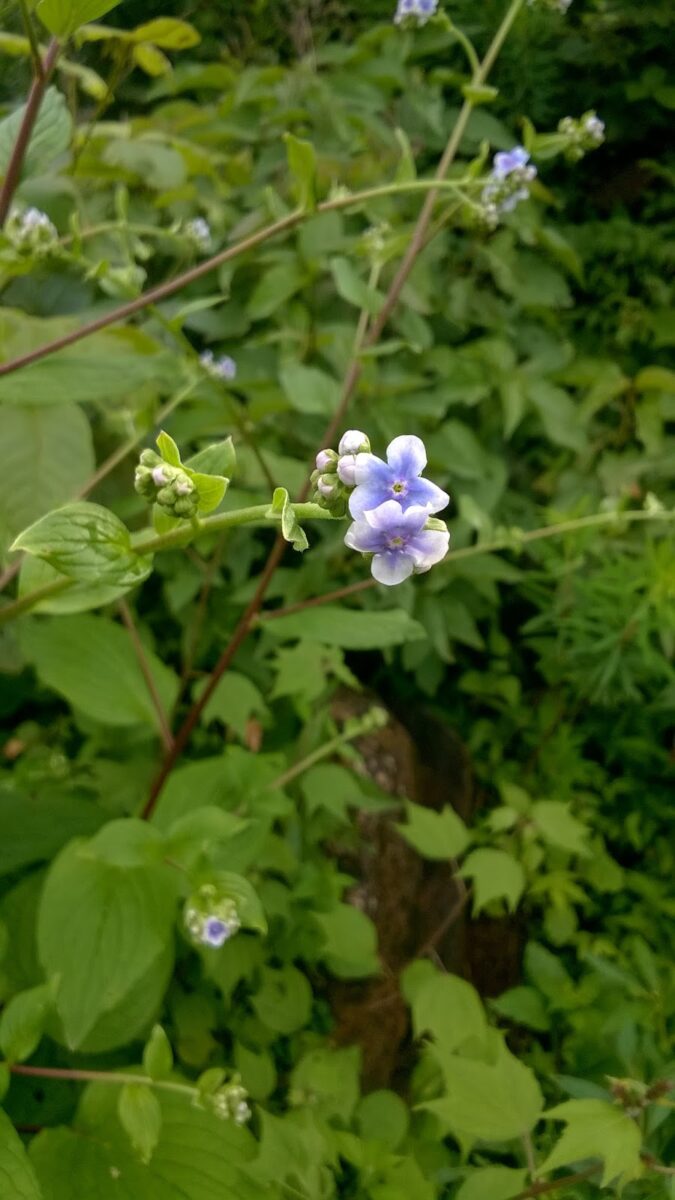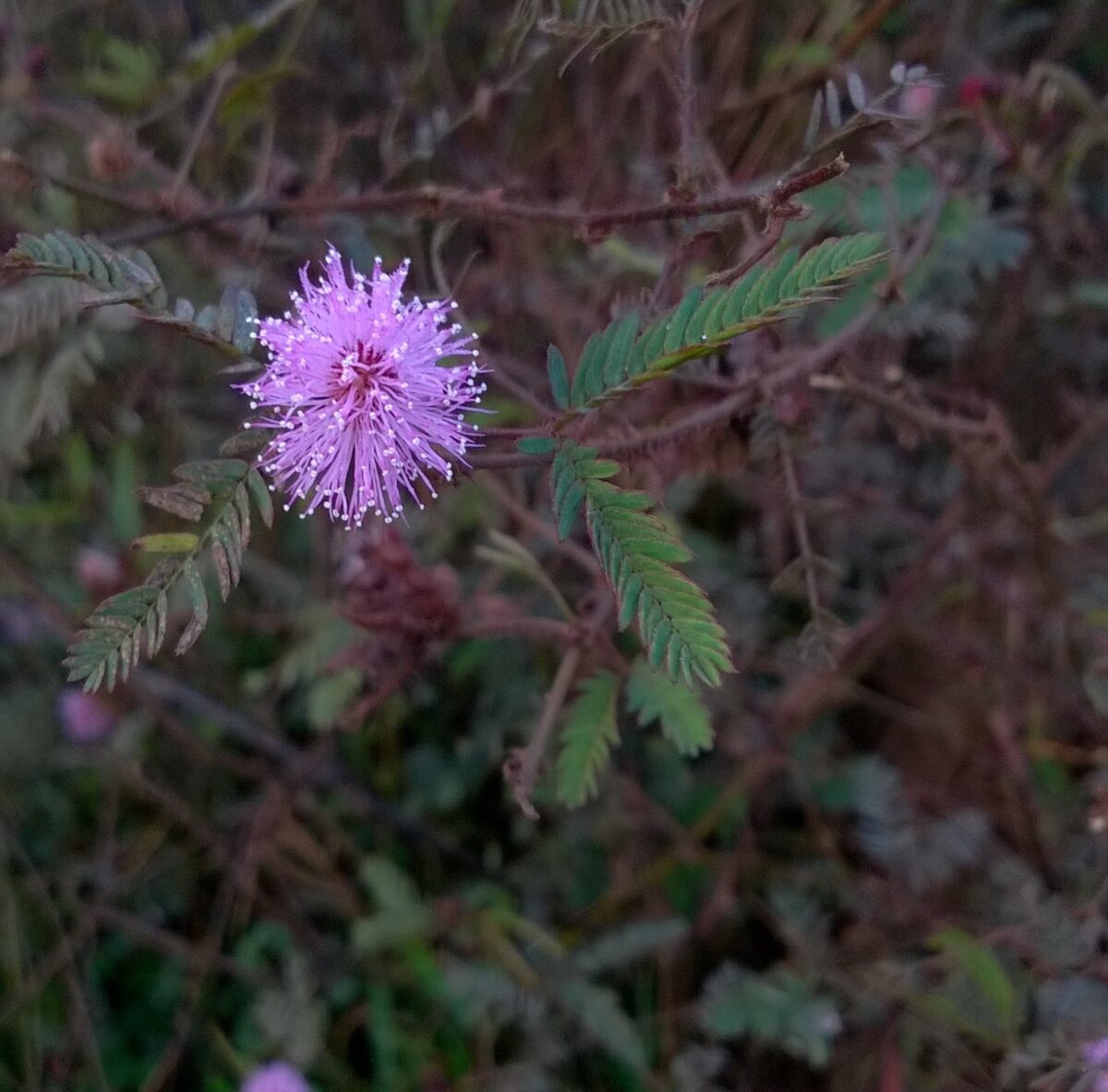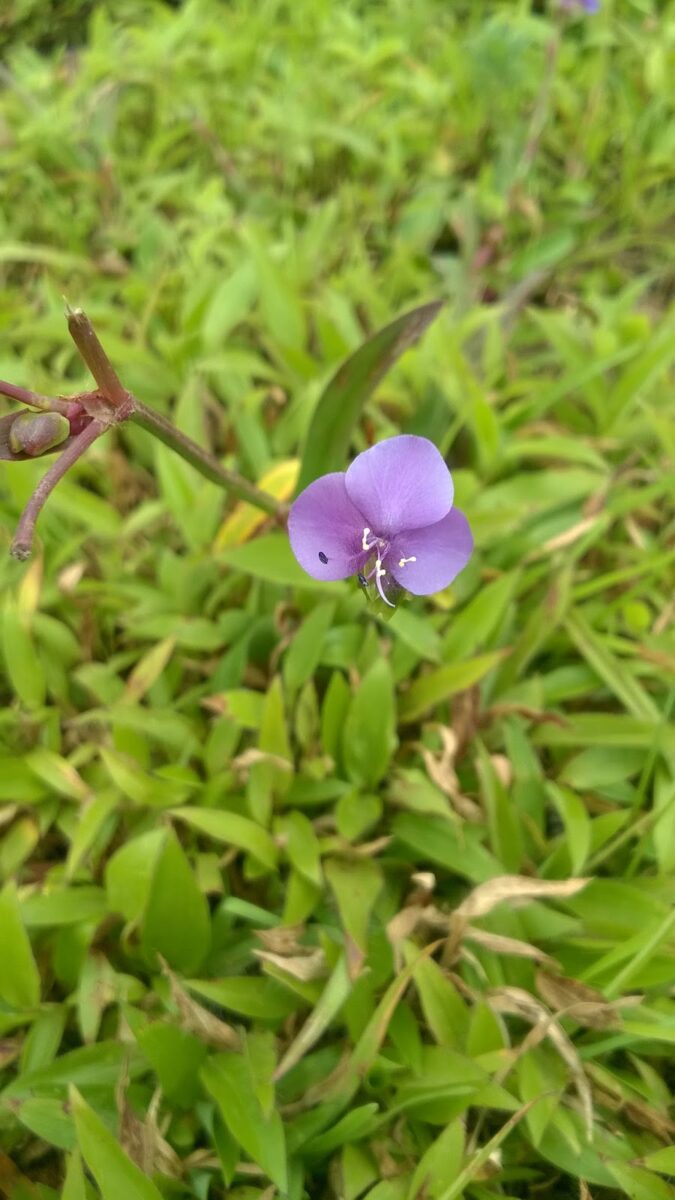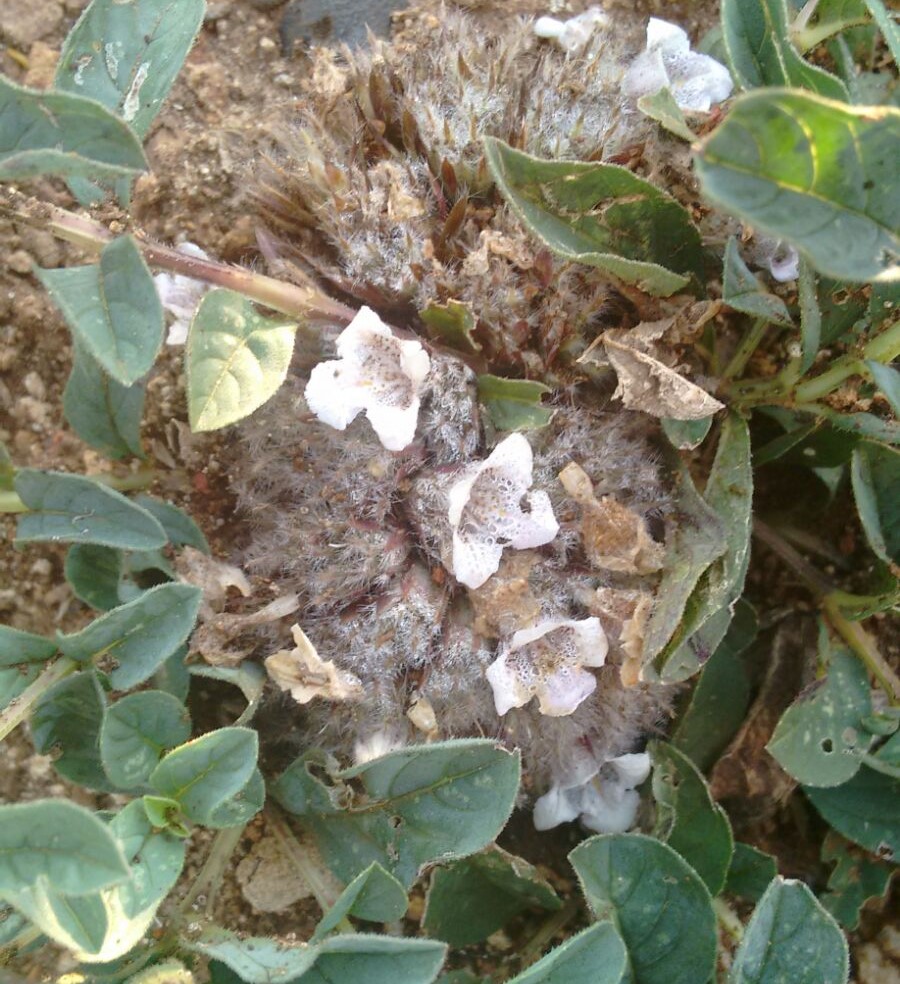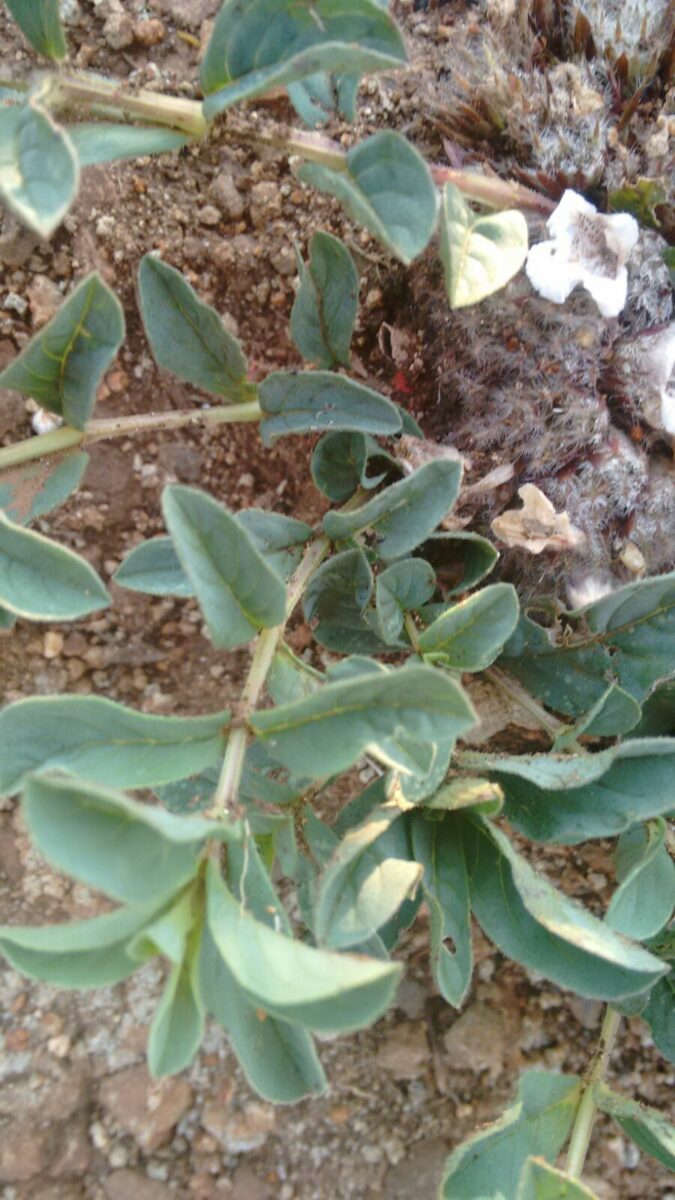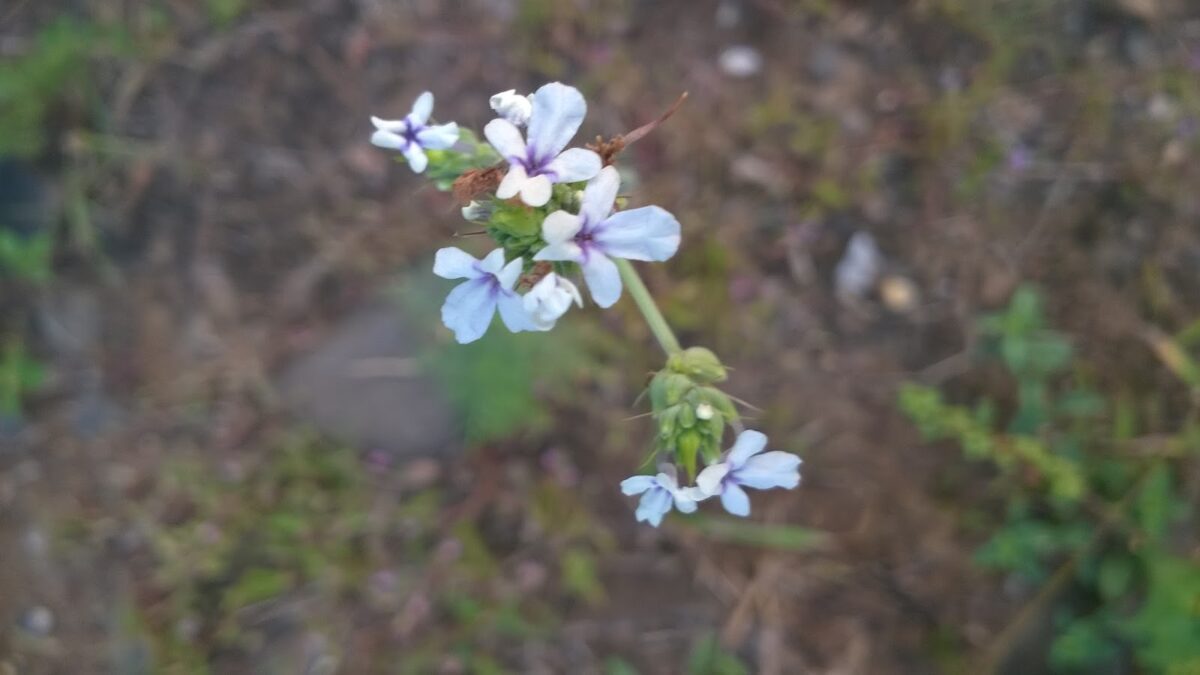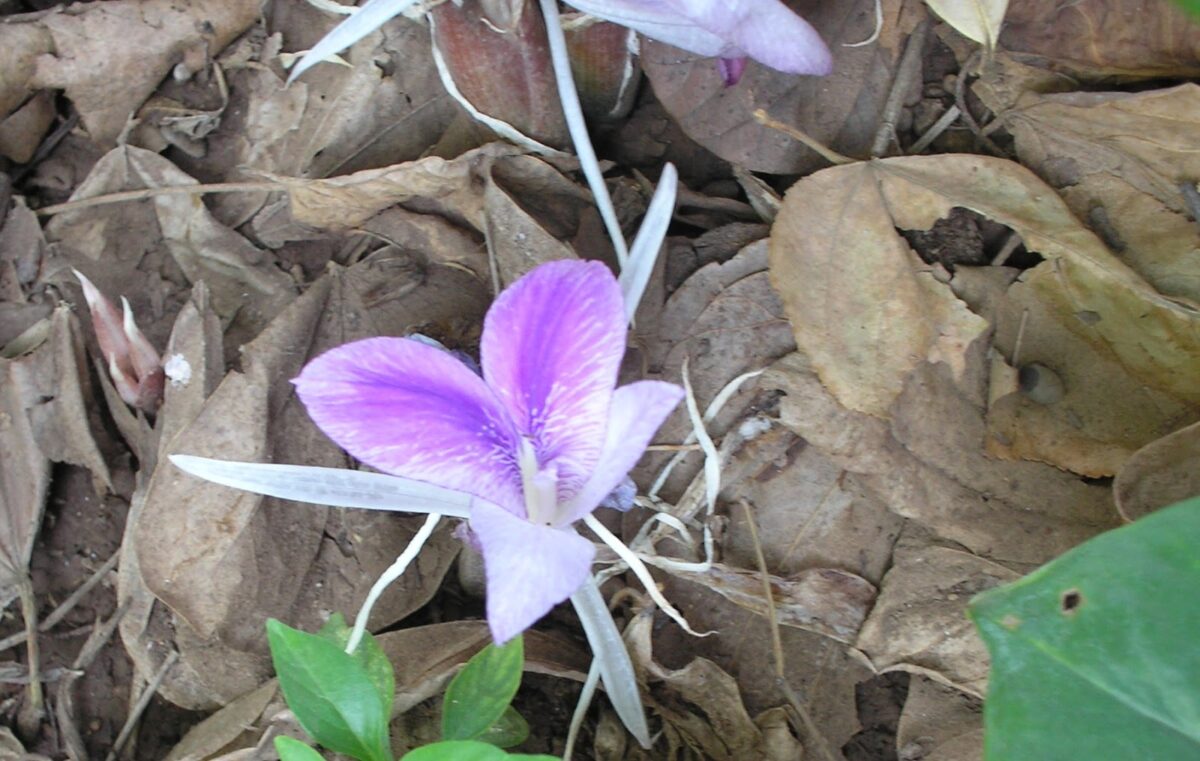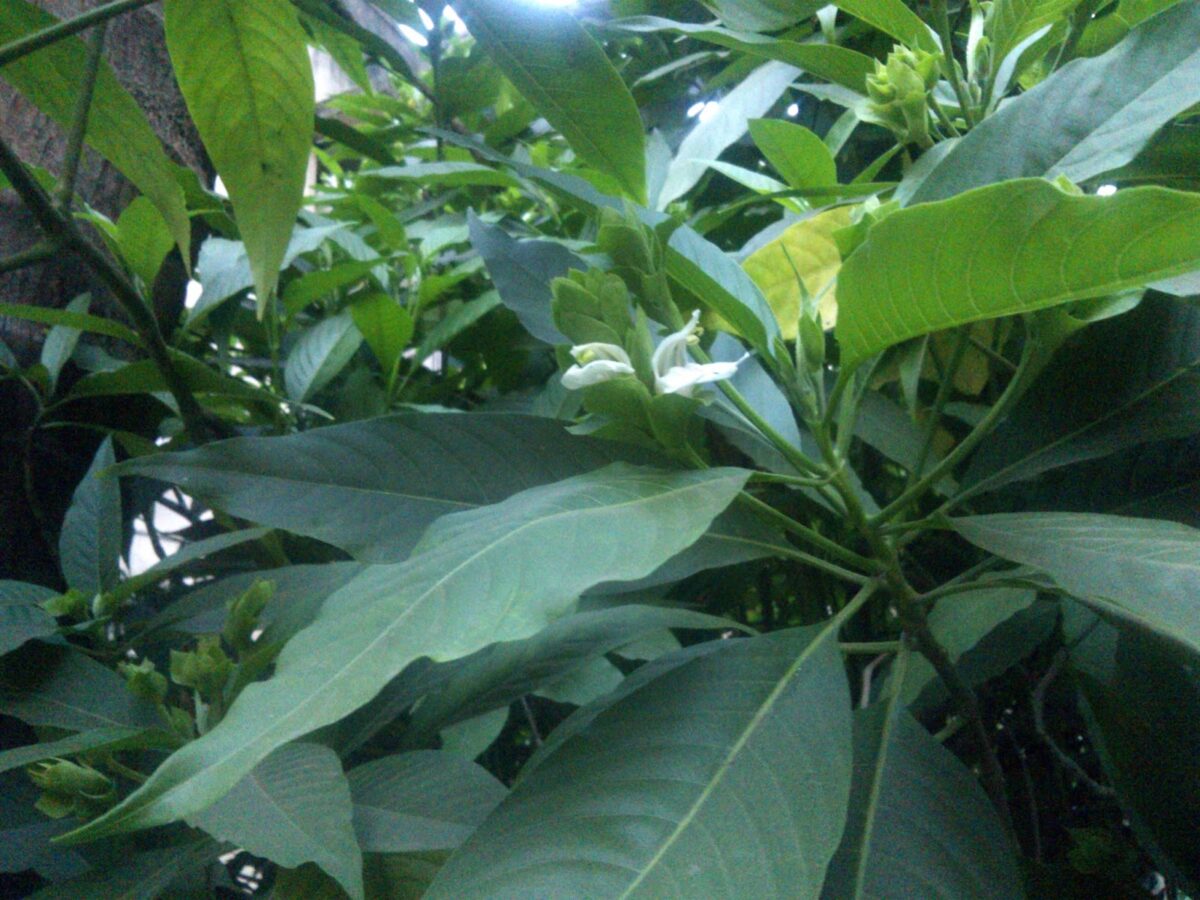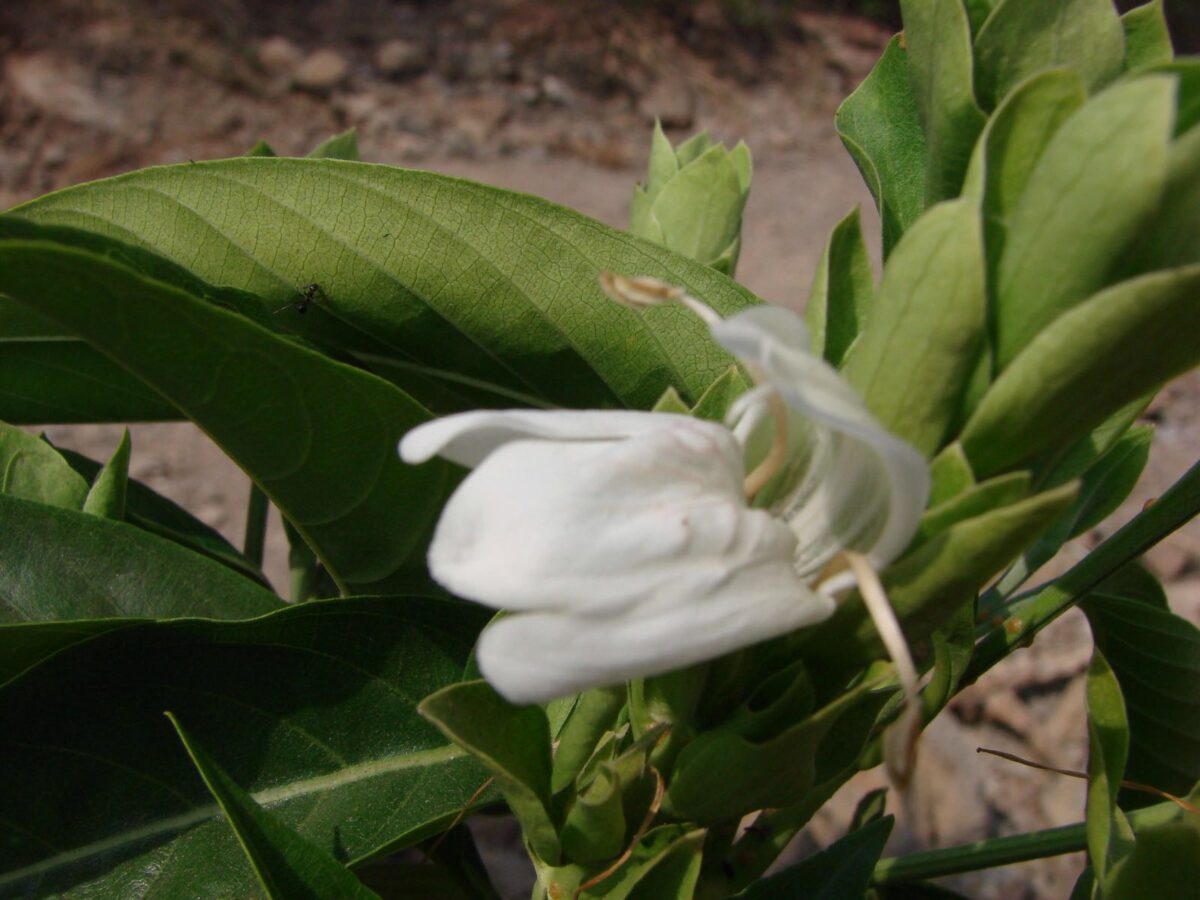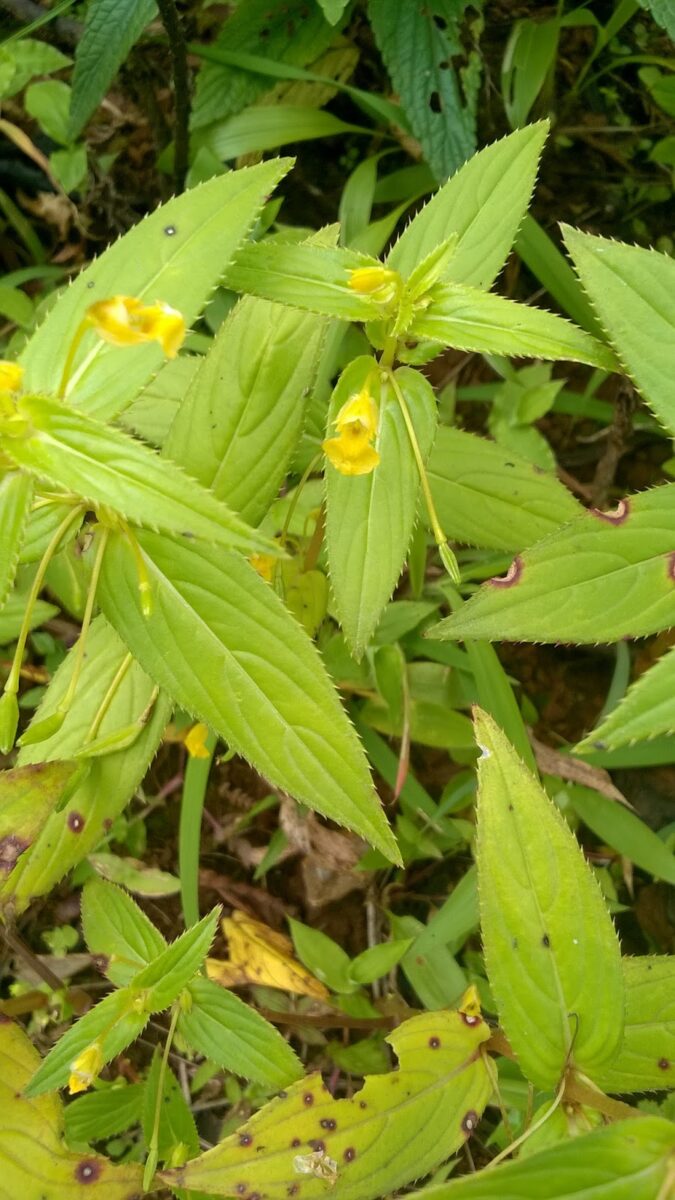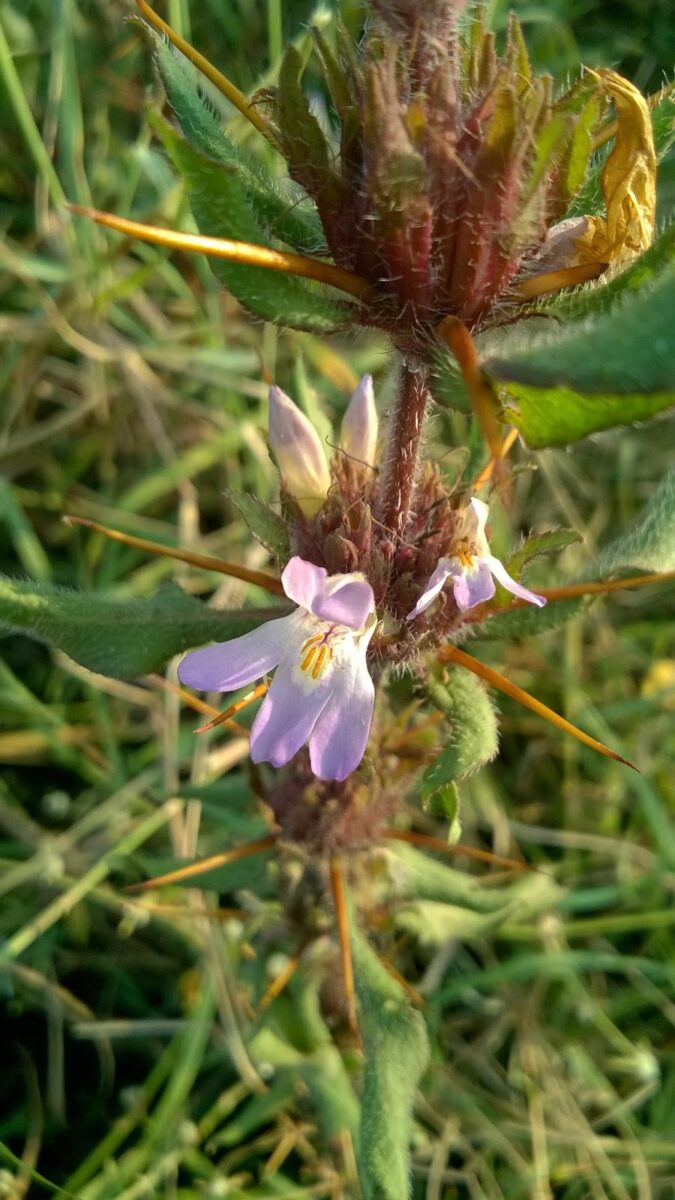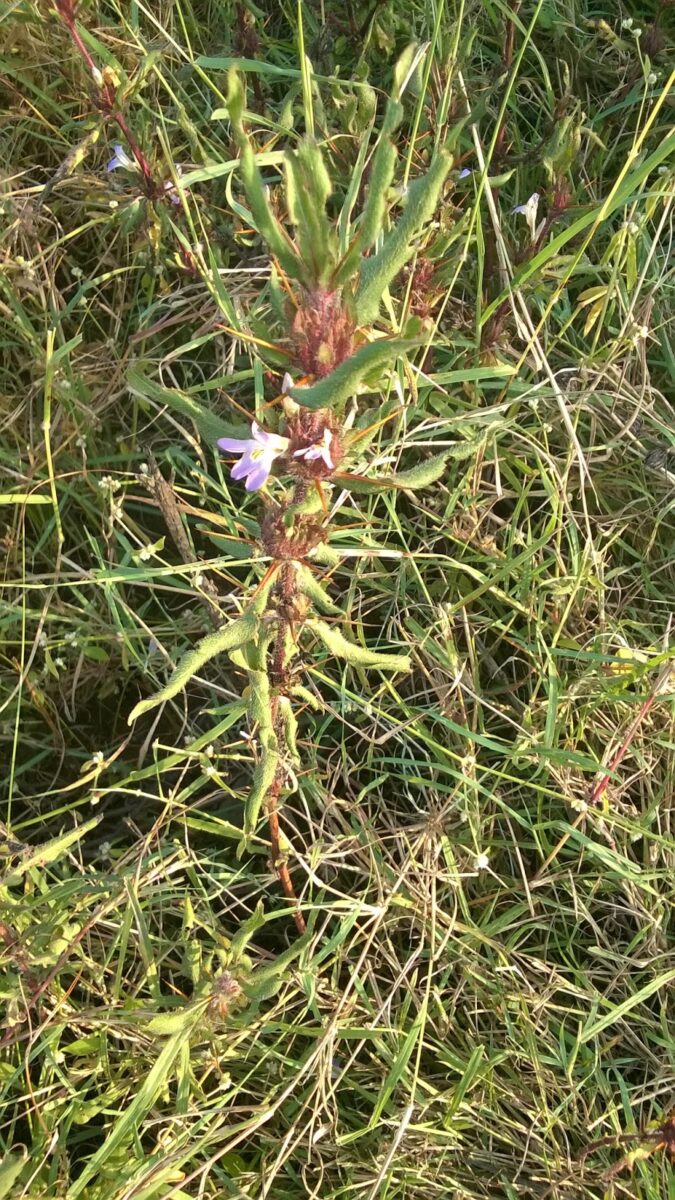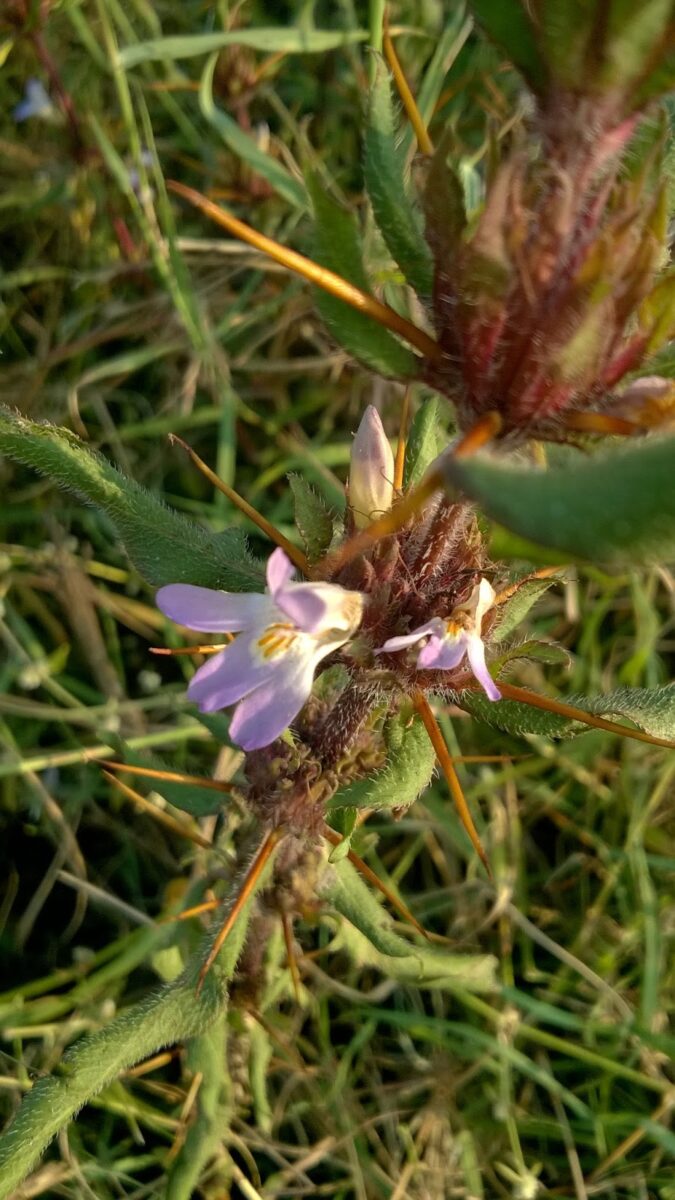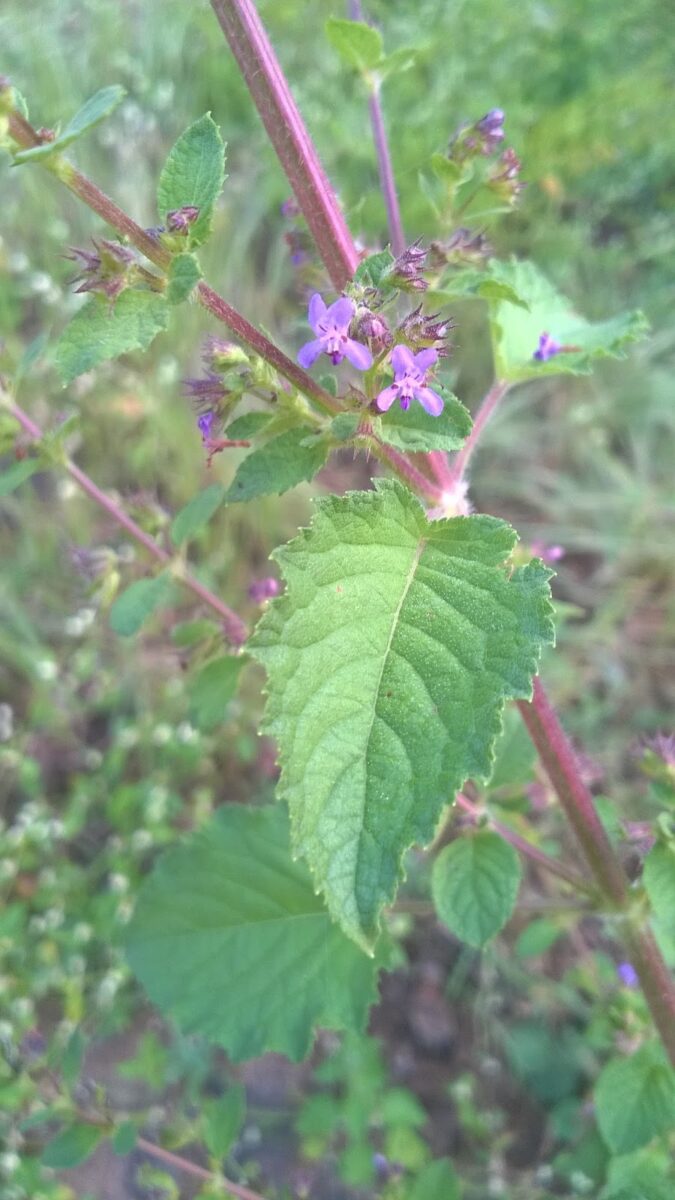I am writing about herbs in the 2016 April AtoZ blogging challenge. Do catch up with the herbs so far, you may find some thing interesting, someone familiar.
As expected Q was the biggest challenge but I finally I did find one herb that fit the bill… My herb for the day is Quick Weed or Galinsoga parviflora that belongs to the Asteraceae family. Its an annual herb which is native to India, specifically the North East states. It also goes by the common names of Gallant Soldier and Potato weed. The botanical synonym is Tridax parviflora and one of its close ‘cousins’ Tridax procumbens grows profusely in my part of the world. At first glance the two plants have similar flowers and I have taken the liberty of posting a Tridax procumbens flower so you get an idea of what Quick Weed looks like.
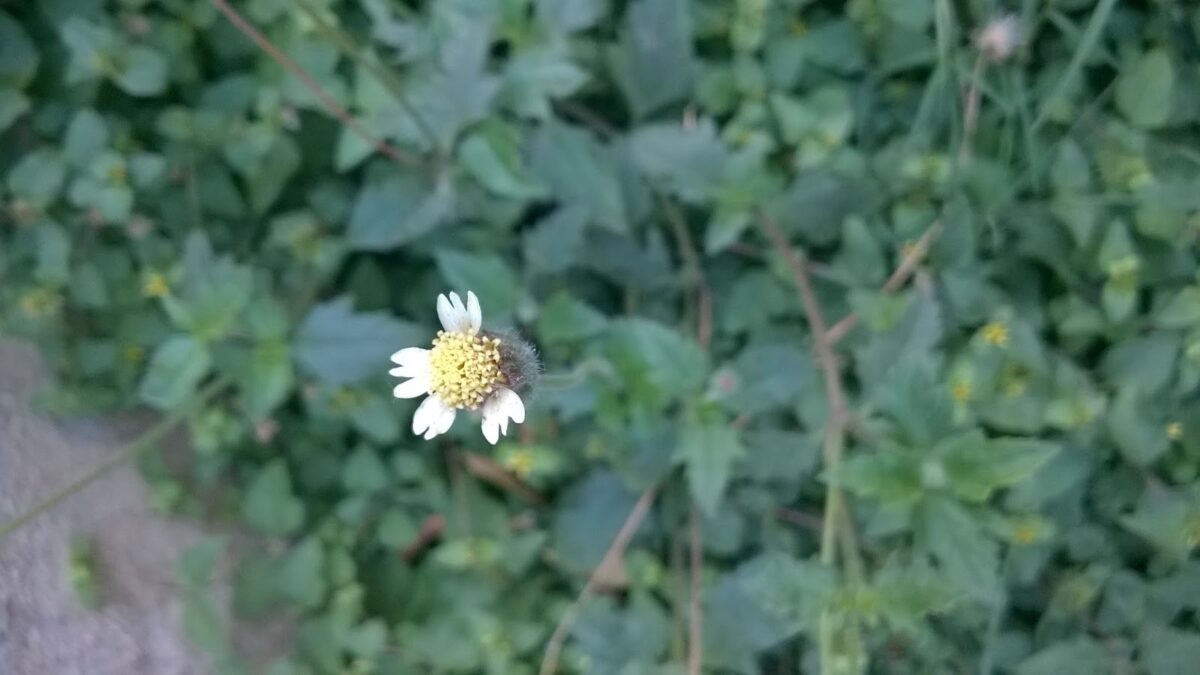
That’s it for Q. I have something really interesting in store tomorrow for R.
Till then take care!
🙂
